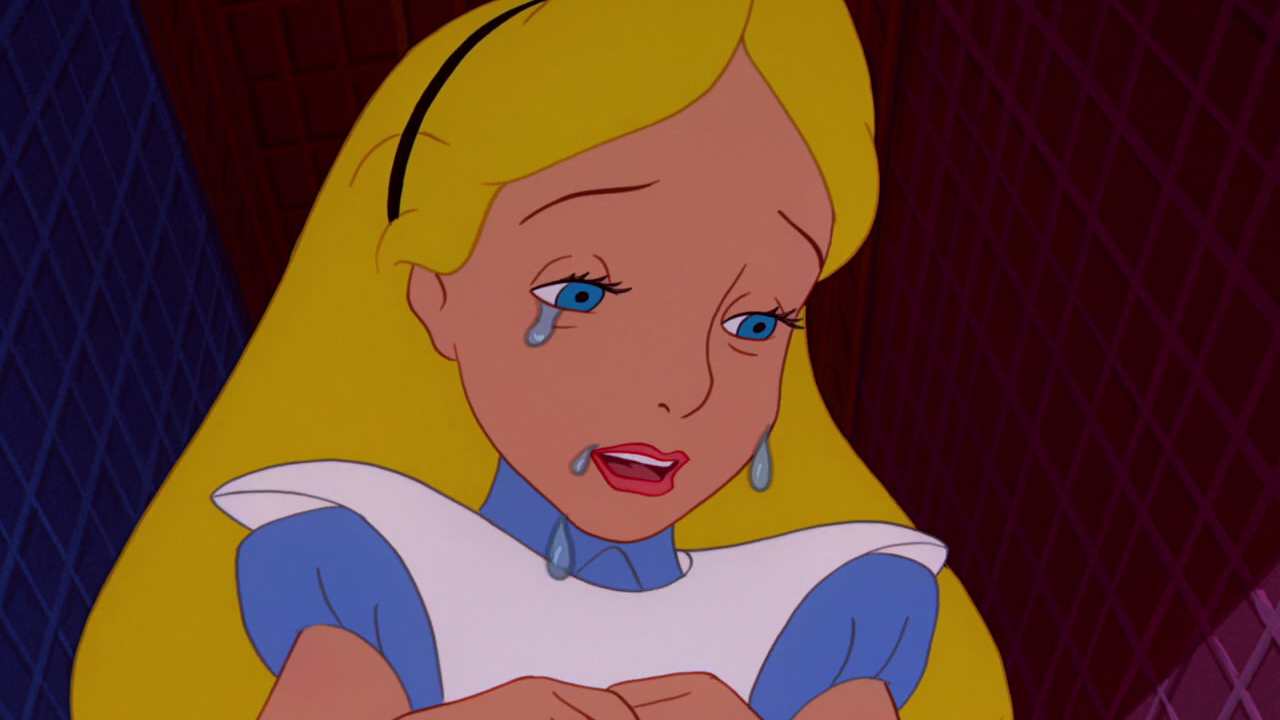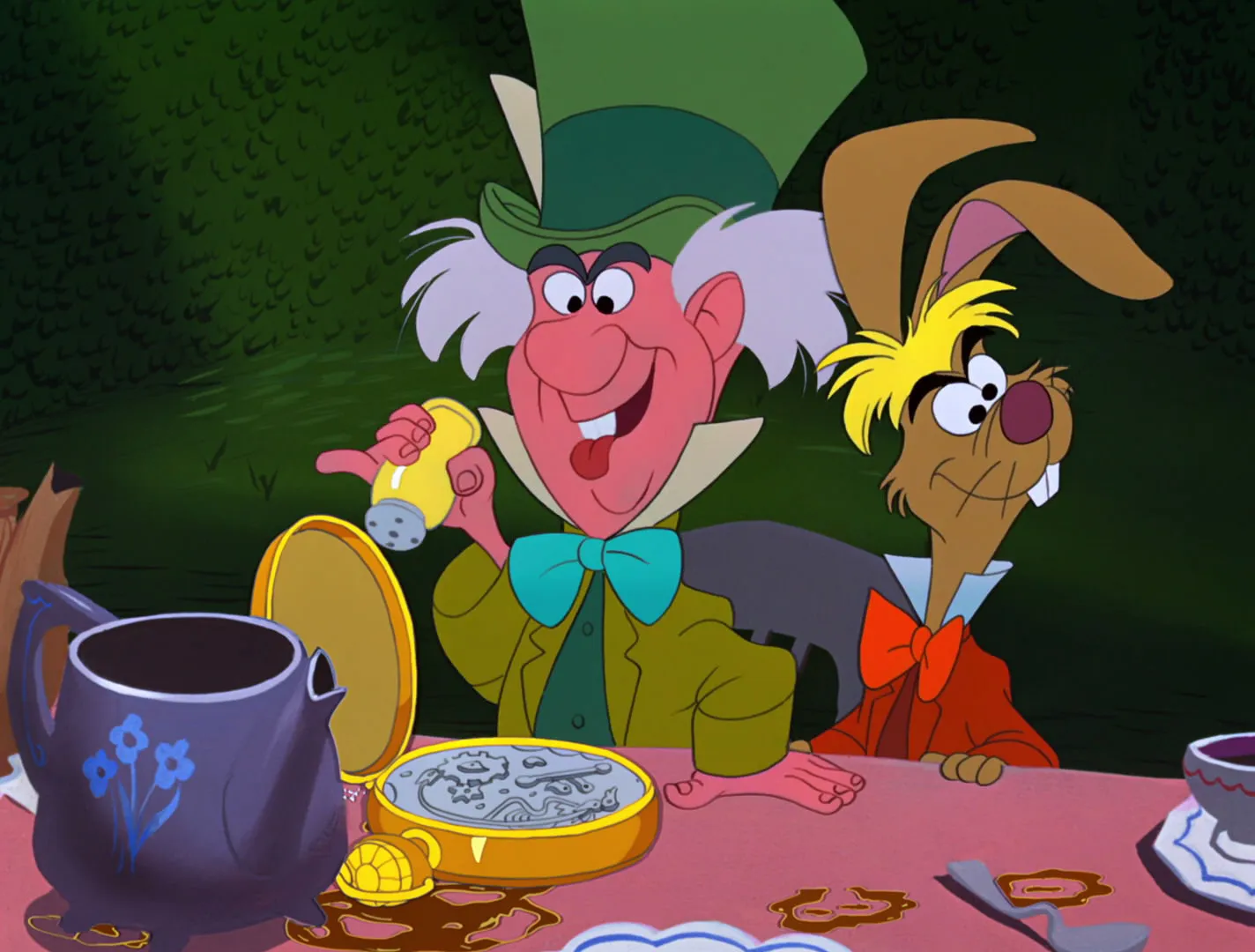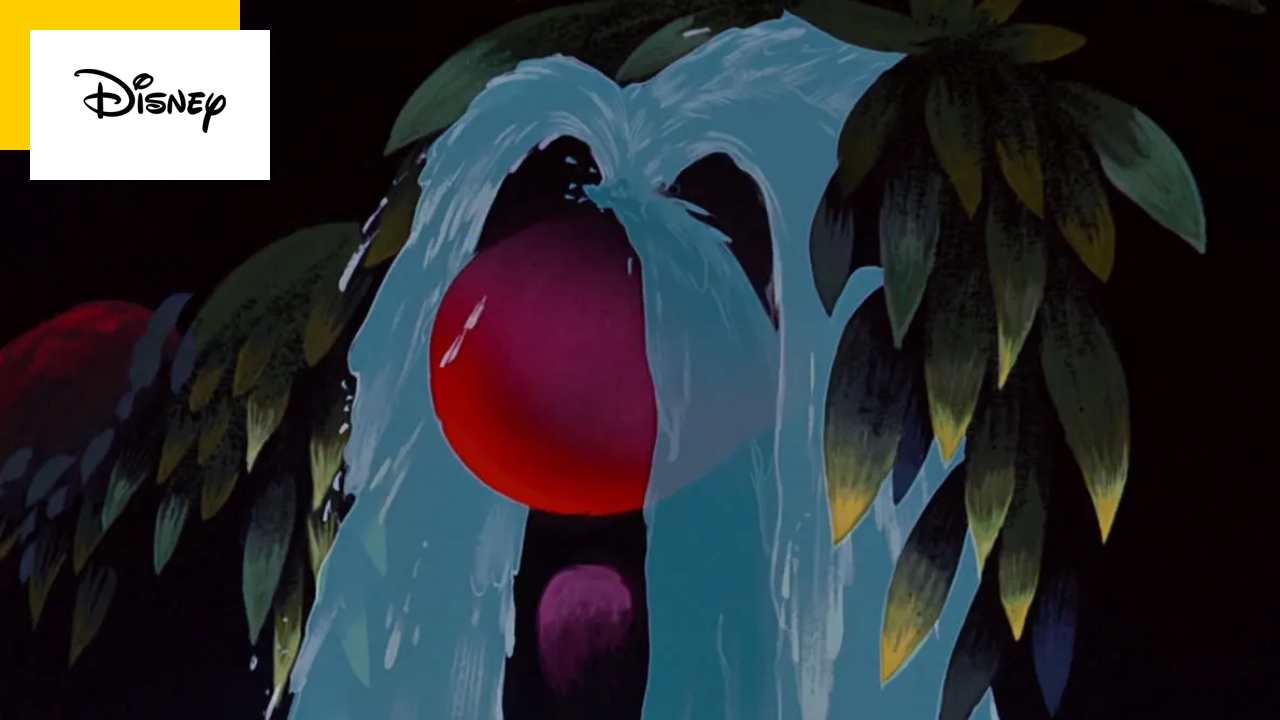Creator of the studio that bears his name, Walt Disney could not appreciate this animated film, even before it became one of the firm’s big failures at the box office.
In addition to having a wackier universe than the majority of other Disney films, Alice in Wonderland presents a gallery of characters that are sometimes quite destabilizing for children, and perhaps this is one of the reasons for its failure at the box office. But did you know that Walt Disney himself didn’t like the film, even when it was just a project on the stable of his animation team?
In his work Walt Disney: The Triumph of the American Imaginationthe author Neal Gabler returns in detail on the making of the film and the origin of the project explaining this disavowal.
As early as 1933, it was actress Mary Pickford who asked Walt to adapt Lewis Caroll’s novel by mixing animation and live-action, as Disney was already doing with the short films “Alice’s Comedies”, released in the 1920s. , and already inspired byAlice in Wonderland. The actress offers a considerable sum to Walt to finance the project and distribute it via the firm she had co-created, United Artists. The producer will not respond. Three years later, he broke the distribution contract which united him to United to turn to RKO, with a much larger number of cinemas.
Walt Disney Pictures
The novel Alice in Wonderland fell into the public domain, but Walt bought all the same in 1938 the rights of the edition of the book illustrated by John Tenniel. We are then just after the release of Snow White and the Seven Dwarfs, a great success. The project will remain a development project for many years, with the script changing from a live-action/animation mix to a pure animation film and the writers slowly tearing their hair out.
One of them, the novelist Aldous Huxley, spends his time being cut off by Walt during meetings, and slams the door after five writing meetings. Another, Bob Carr, finds that the novel contains no story, and that Alice has no “no character, she’s the white clown facing off against a bunch of screwball comedians. No main character should end up in this untenable situation.”

Walt Disney Pictures
Walt is well aware of the problems: he can’t come up with Alice’s final look with the animation department. He finds the character “too cold, giving off no heat”. The animators are working in parallel on this project and on Cinderella, which is to come out in the same waters. Ben Sharpsteen even whispers that Walt feels compelled to lead the project “whether he likes it or not” because of “very sophisticated people” THE urge to take it out.
The writers keep rolling, and Walt admits he’d quit if Peter Pan was ready and could take the place, except he’s not. His brother, Roy Disney, hates the project and would have thrown in the towel if he was the sole decision maker. In short, everyone sees the catastrophe approaching, but the film is released all the same on July 28, 1951, a year and a half after Cinderella and seven months before Peter Pan.

Walt Disney Pictures
At the time of its release, Alice in Wonderland faces another Alice, also released in July, directed by Dallas Bower with Carol Marsh in the title role and mixing live action and dolls. Walt tries to oppose it, in vain. At the box office, the feature film only brings in 2 million dollars for a 3 million budget.
Interviewed about this failure, Walt will judge himself to have “trapped himself”describing the film as a “huge disappointment”. “It’s terribly difficult to bring fantasy to the screen”. He will add in another interview, still quoted in Gabler’s book: “We didn’t feel anything, but we forced ourselves to do it.”

Walt Disney Pictures
The film will nevertheless be rediscovered by the counter-culture of the 60s and re-evaluated. Its VHS release will contribute to its popularity with later generations and validate that the film, like many Disney classics, was ahead of its time.
